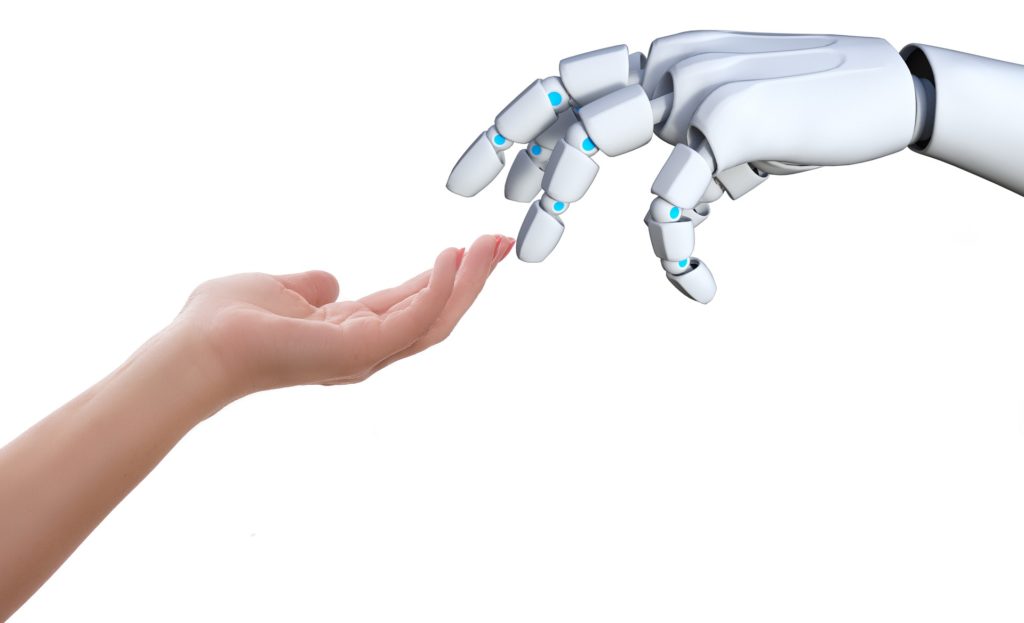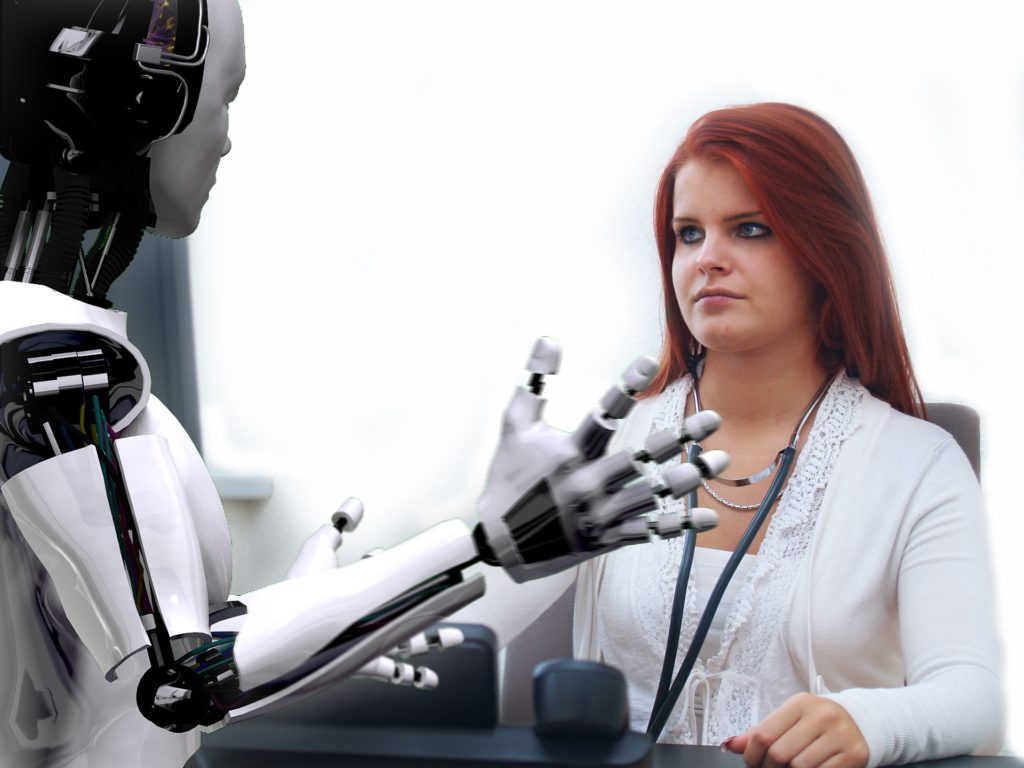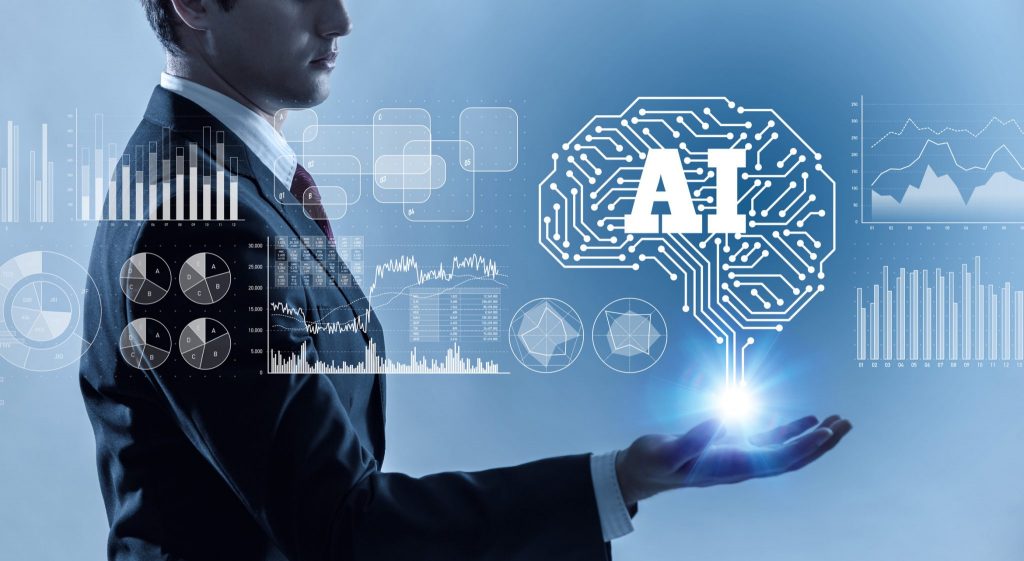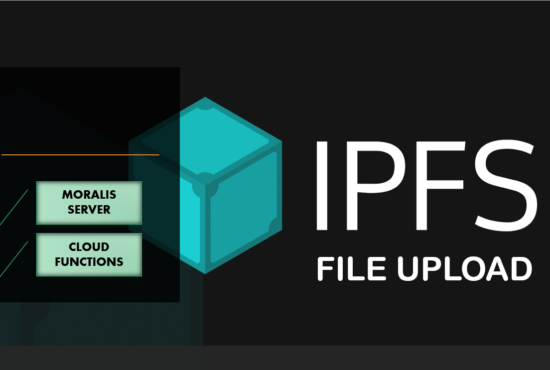Robotic Process Automation(RPA) and Artificial Intelligence(AI) turns out to be an opening gambit in the organisation’s digital transformation process. RPA is a technology that allows organisations to automate tasks by watching the user perform that task in the General User Interface(GUI) and thus performs automation by repeating the same task in the GUI. It thus automates most of the work in the organisation and reduces human labour by eliminating hideous tasks like gathering and sorting data and thus allow people to concentrate on more important work. Artificial Intelligence(AI) is a branch of computer science that builds smart machines which can perform processes like learning, reasoning and self-correction which are some of the characteristic features of humans.

RPA and AI together play an important role in digital transformation.
Do we really need automation?
In an IT organisation, all the processes are not smart and intelligent. Most of the processes are well-structured series of regular tasks which tend to be time consuming and boring for any human being. Professionals in most IT organisations spend their most valuable time in managing the data rather than the work involving more knowledge, reasoning and communication. Work caused by this poor design is more time consuming, less efficient, can lead to inevitable errors, more work and thus increases the cost of doing business.
Why RPA?

With traditional automation methods, it requires manpower, time, effort and substantial cost. Companies need fast, cost-effective, less error-prone automation methods. This is where RPA becomes more relevant.RPA can automate almost all day-to-day repetitive tasks easily and more accurately than any human being. It uses a robot that mimics the interaction of humans with web applications, excel, web portals, sites and thus automates the task. By using RPA for managing the routine and repetitive tasks, it eliminates human errors such as lack of knowledge and tiredness, which reduces the errors and thus reduces the operational risk. In this way, it frees the employer to focus on more important works which involve knowledge, reasoning and attending customer services.
Benefits of RPA
Thus RPA proves to be highly beneficial for any organisation. Some of the benefits of RPA involves
- More productivity
- High accuracy
- More efficient
- Cost-effective
- Less error-prone
- Less time consuming
- Low operational risk
- Better customer experience
RPA is applied in areas like financial services, human resources, insurance, technology, sales. RPA controls the flow of digital information and moves it across applications. Thus RPA becomes the powerful tool of digital transformation as it converts the repetitive tasks to a single task which involves no human effort.
How does AI empower RPA?
RPA as discussed above has many benefits but it alone cannot bring success in digital transformation. Though RPA promises to work tirelessly and effortlessly 24/7, it is only applicable theoretically. There are exceptional cases where RPA fails. We know that RPA can only handle repetitive tasks but what if there occurs some kind of interruption, unexpected events. These cases are complicated as it involves the routine task with some knowledge work and RPA alone can’t handle this. These tasks require applying common sense, making judgements and self-correction. These kinds of work thus involve human intervention and it again makes things complex by involving human presence every time. In Order to avoid this Artificial intelligence(AI) is used along with RPA.

AI is a technology that makes decisions about the data. The machine mimics human behaviour. Through object recognition, speech recognition, translation they deal with vision speech and language and hence analyse them and make predictions based on this data. AI is changing the world and the lives of people and bringing up a new platform for organisations to flourish their business.
By using RPA and AI together, it can accelerate the pace of digital transformation.

